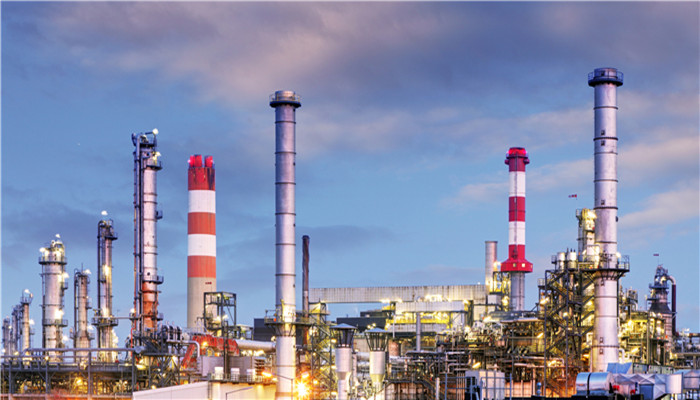
The application fields of building waterproofing materials are gradually broadened and the output continues to increase.
As the maintenance structure of buildings, building waterproofing materials are mostly used to prevent the penetration of groundwater, rainwater, snowwater, and the erosion of buildings by steam and moisture in the air. After years of development, the types of building waterproofing materials have become increasingly diverse, which can be roughly divided into waterproof coatings, waterproof membranes, sealing materials, dew blocking and water-stopping materials, rigid waterproofing materials, etc. Among them, waterproofing membranes can be subdivided into synthetic polymer membranes, polymer-modified asphalt membranes, etc.; waterproof coatings can be subdivided into water-based coatings, solvent-based coatings, etc.
In recent years, the application fields of building waterproof materials have gradually broadened, and have been widely used in infrastructure, residential, civil buildings, industrial buildings and other fields. Among them, residential buildings accounted for the largest share of the overall market, accounting for 48.7%; followed by civil buildings, accounting for 20.3%; and infrastructure ranked third, accounting for 18.4%.
According to the “2023-2027 Construction Waterproof Materials Industry In-depth Market Research and Investment Strategy Suggestions Report” released by the Industrial Research Center, currently , building waterproof materials are mainly used for waterproofing of basements, roofs, exterior walls, kitchens and bathrooms in buildings, and their market is closely related to the construction market. Due to over-development and the impact of the epidemic, my country’s construction market has gradually shrunk. According to data released by the National Bureau of Statistics, in 2022, the construction area of housing construction in my country’s construction industry will be 15.6 billion square meters, a year-on-year decrease of 0.7%. As an ancillary industry of construction, the market of building waterproofing materials will fluctuate accordingly. Although my country’s construction market is gradually shrinking, its market size is still relatively large. Coupled with the gradual increase in the number of building renovations, old community renovation and other projects, the market demand for waterproof materials, as basic building materials, is gradually growing. Against this background, the output of building waterproof materials in my country has gradually increased. According to data released by the China Building Waterproofing Association, in 2022, my country’s building waterproofing material output will be 4.876 billion square meters, a year-on-year increase of 19.15%.
From the perspective of product segments, waterproofing membranes have become the largest segment in the construction waterproofing materials market, accounting for 64.12% of the market; followed by waterproof coatings, accounting for 27.69%; ranking third is sealing materials , with a market share of 2.41%.
Industry analysts said that my country’s construction waterproofing materials market is highly concentrated, and leading companies are gradually emerging. Foreign construction waterproofing material companies mainly include Sika, DAVCO, Mapei Building Materials, etc., and domestic large-scale construction waterproofing material companies mainly include Keshun Waterproofing, Honghengda Waterproofing, Dongfang Yuhong, Zhuobao Technology, Jiabaoli Chemical, Wanbaoli Waterproof, Three Trees, Hongjing Waterproof, etc. Among them, Oriental Yuhong has a larger market share and has become a leading company in the industry. In order to seize market share, my country’s construction waterproofing material companies continue to increase investment in product research and development, gradually improve production technology, product types are becoming increasingly rich, and market competitiveness is gradually increasing. As my country’s construction waterproofing materials market continues to develop, the industrial structure is gradually adjusted, and backward production capacity is gradually eliminated. Its market concentration is expected to increase in the future.

 微信扫一扫打赏
微信扫一扫打赏

